Lowdown: Digital Future Discussion, Te Reo Present Celebration
The creative community has been given a window to help guide the government's future arts policy, Te Wiki o Te Reo Māori is in full swing and bold news from the regions.
Does the digital future of the creative industry scare you or excite you? Do you see risk or opportunity?
Whatever your stance, there's a window of opportunity to have your thoughts heard and to play a role in sculpting how Aotearoa approaches this often curly conundrum.
Manatū Taonga Ministry for Culture and Heritage (MCH) is calling on the creative community to be part of its 2025 Long-term Insights Briefing (LTIB) consultation. The stated goal is to plan for the future - governments and policy can come and go, but MCH having a strong grounding of the sector's hopes, fears, dreams and desires means there's a greater chance that whatever is decided can have the voice of artists represented.
The proposed topic to report on next year is: How will digital technologies change the way New Zealanders tell their stories in 2040 and beyond?
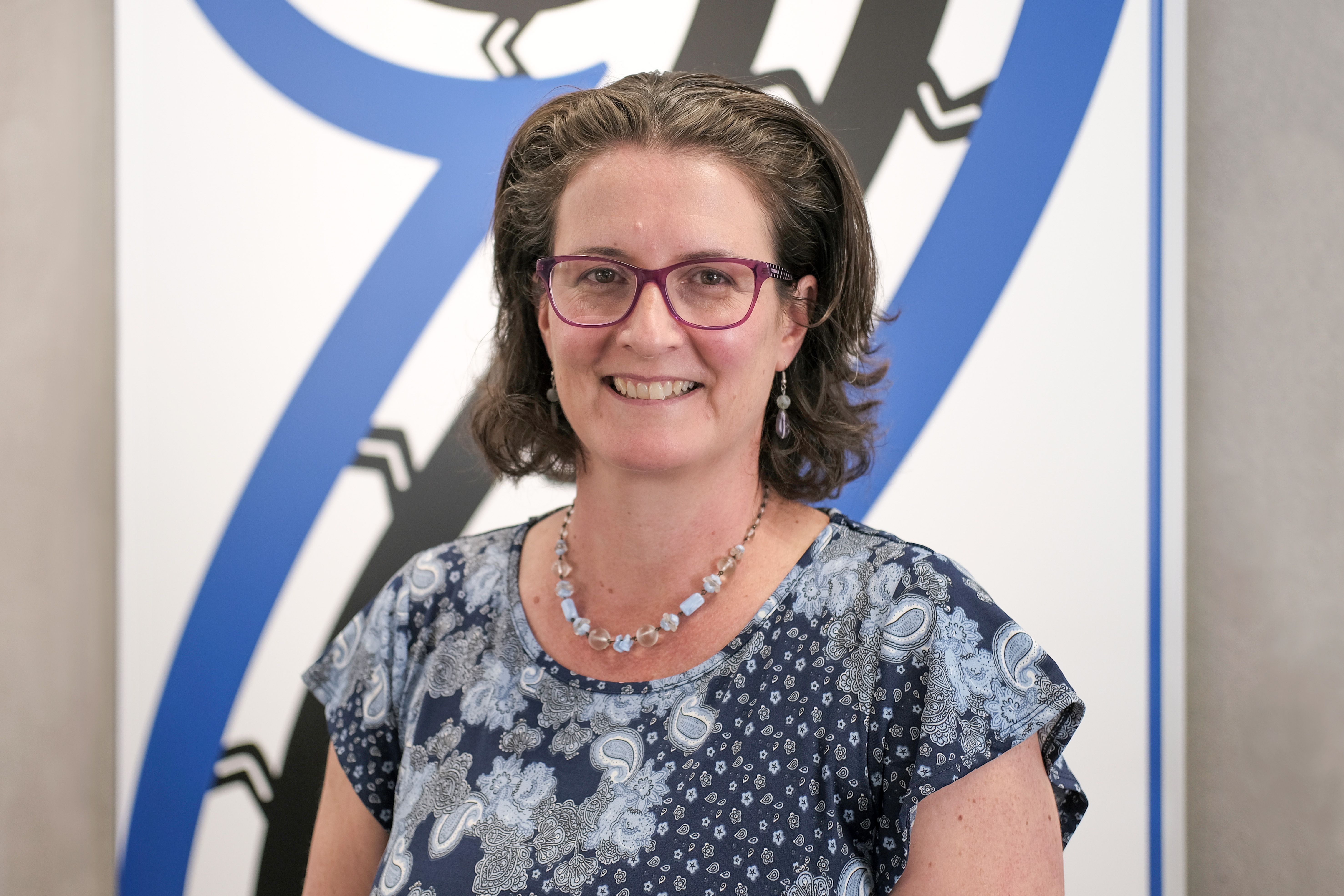
Emily Fabling, Manatū Taonga Deputy Secretary of Policy, Performance & Insights told The Lowdown "We’re really excited to start the process that kicks off our futures-thinking exercise, otherwise known as the Long-term Insights Briefing. This is something we are required to report on every three years as a government agency.
"Our last Briefing was in 2022. At that time it was a broad exercise - we heard from our sectors about a range of the most important topics to consider to ensure we have a thriving cultural system into the future.
"This time round, we’re honing in on just one of those areas in more depth: digital technologies, including artificial intelligence, and implications for Te Ao Māori.
"It’s clearly a key area of interest to our wider system. We know recent developments in AI have raised new questions about the future of cultural and creative activities, and how that relates to our unique cultural identity. From questions on digital cultural participation to culture, creativity and climate; our future histories (telling our stories) to digital commerce, global connections and knowledge systems – there is a lot to think about for our futures.
"We’re in the early stage in this process. So we want to hear from our creatives and others who work in our cultural sectors on the scope of our topic – what do they think about the short-listed issues like digital cultural participation, our future history, or digital commerce? Are there other aspects we should be looking into? Are there other questions we should be asking? We’ll be wanting to do some deep dive sessions early next year.
"The feedback we get during this process could potentially influence public policy and investment far into the future."
There's no doubt the stakes are high - while there's much to gain, there is also so much to lose.
Manatū Taonga has opened a survey for creatives to take part in that's open until 7 October.
Once the survey window closes, the second phase of the consultation - set for early 2025 - will see MCH delve deeper and facilitate discussions to generate and capture the issues and ideas that might influence or impact our cultural sectors into the future.
The findings will be presented to Parliament in mid-2025.
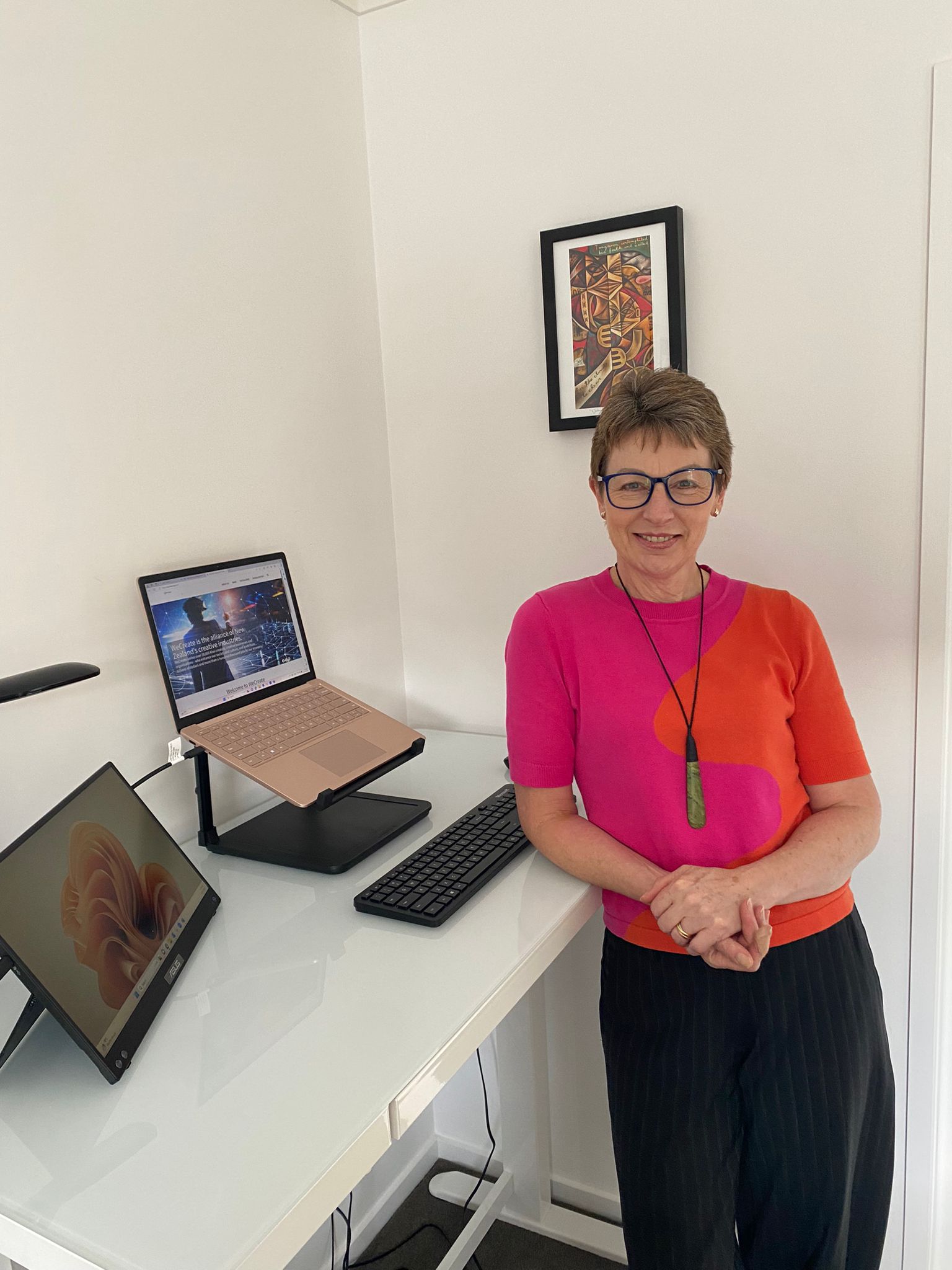
It's a topic and conversation that already soaks up many meetings, coffee catch-ups and musings in the creative sector.
Paula Browning, Chair of WeCreate told The Lowdown "Within WeCreate’s membership it’s fair to say that different creative industries are at all points of the risk-to-opportunity continuum in terms of how they’re viewing the impact of AI and other digital technologies.
"I know of Aotearoa creative businesses that are already well advanced in making and selling new creative work using AI, but I’m also tracking what’s happening in other countries in relation to lawsuits for mass copyright infringement (which feels like a really bad case of déjà vu) and the mounting concerns of artists that these new technologies will be used to recreate their voices, their image and even their personality.
"Our government has said it has no plans to regulate AI specifically and, in the absence of a clear legal position, it’s vital that creative professionals and creative businesses have access to information to help them understand what the risks and opportunities are and how to manage, and contract, for those.
"I’m optimistic that, if we continue to tell the stories that are unique to us, New Zealand creativity will continue to find audiences for decades to come, regardless of what technology development comes our way."
Ka rawe!
Te Wiki o Te Reo Māori has seen some golden opportunities to promote and celebrate artists who look at their craft through a te ao Māori lens.
There have been some big announcements made during the week, some strategically timed drops and exhibitions to take in.
Māoriland Charitable Trust went big - announcing a collaboration with DreamWorks Animation to continue the trend of dubbing movie classics into te reo Māori. This time, it's Shrek - the film that launched the career of Kiwi Andrew Adamson - with the project culminating it its world premiere at the Māoriland Film Festival in March 2025 before a series of screenings across Aotearoa.
“We are hugely excited to re-imagine this phenomenal and captivating story, which has captured the hearts of families worldwide in te reo Māori” states Māoriland producer Libby Hakaraia.
While Disney's been active in bringing the likes of Moana, The Lion King and most recently Encanto to audiences in te reo Māori through Mātewā Media - but this is the first time Dreamworks has walked this path, despite Shrek already dubbed in over 40 languages.
“With the team at Māoriland, we've found a partner who shares our passion for diverse stories. This project is more than a movie -- it celebrates cultural diversity and the power of storytelling to connect people. Just as Shrek brings unlikely friends together, this project highlights that same unifying power,” said Scott McCarthy, VP, Localization for DreamWorks Animation.
Lead translator on this project, Te Kiwa Goddard adds "There's a hunger for stories in te reo that bring the world to our tamariki. The biggest challenge is to find the 'sweet spot' when it comes to matching the humour - which is funny when expressed in English - and then find its equivalent in Māori.”
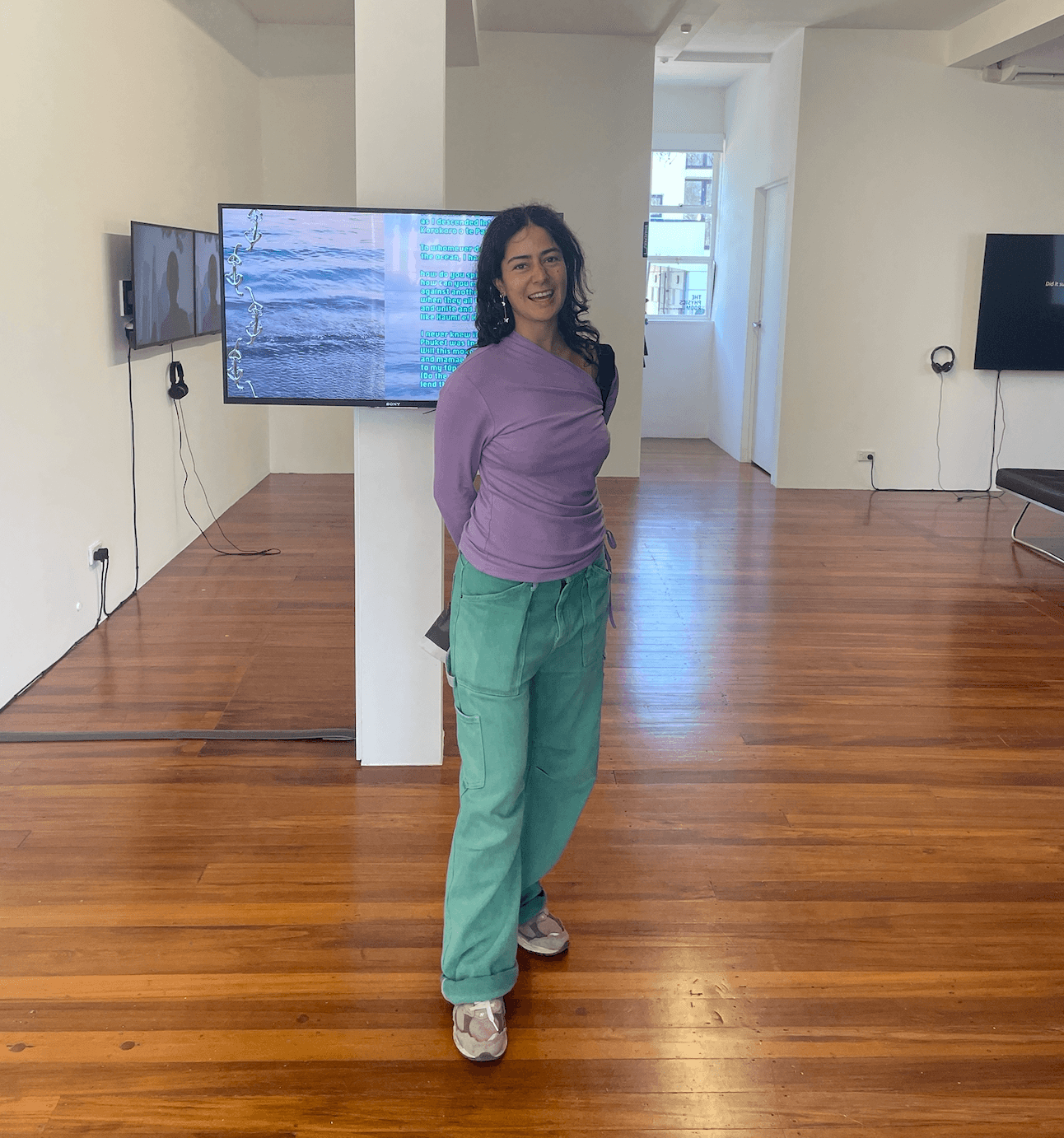
The project comes with funding from Te Māngai Pāho while Te Tumu Whakaata Tāonga NZ Film Commission is also supporting through a tuakana teina fund to enable rangatahi Māori to work on the project as well as backing its release in March 2025.
Te reo Māori is also getting some aroha from galleries across the motu - like artist Kahurangiariki Smith's digital residency with The Physics Room.
Smith (Te Arawa, Tainui, Takitimu, Horouta and Mataatua) has used 3D animation software to build glittering lettering around five kupu Māori, as mnemonic tools, giving form to language.
There's been plenty of te reo getting the music spotlight too - with the Waiata Anthems project dominating the landscape as usual. There are plenty of intriguing collaborations coming through independently as well, like indefatigable Arts Laureate Delaney Davidson combining with composer, performer and improviser Rob Thorne (Ngāti Tumutumu, Ngāti Tamaterā) for a new single Ake Ake (Mauri Ora) - hot on the heels of the 2024 Te Wiki o Te Reo Māori theme of 'Ake ake ake – A Forever Language.'
Thorne - who is up for Best Original Music in a TV series with Karl Sölve Steven at next month's Silver Scrolls - uses his passion and exploring practice with taonga pūoro alongside modern sounds and technology.
Providing vocals on the track, Thorne details “Ake Ake (Mauri Ora) is one song in a now large canon of unreleased and unfinished material that I've been writing and working on since 2020.
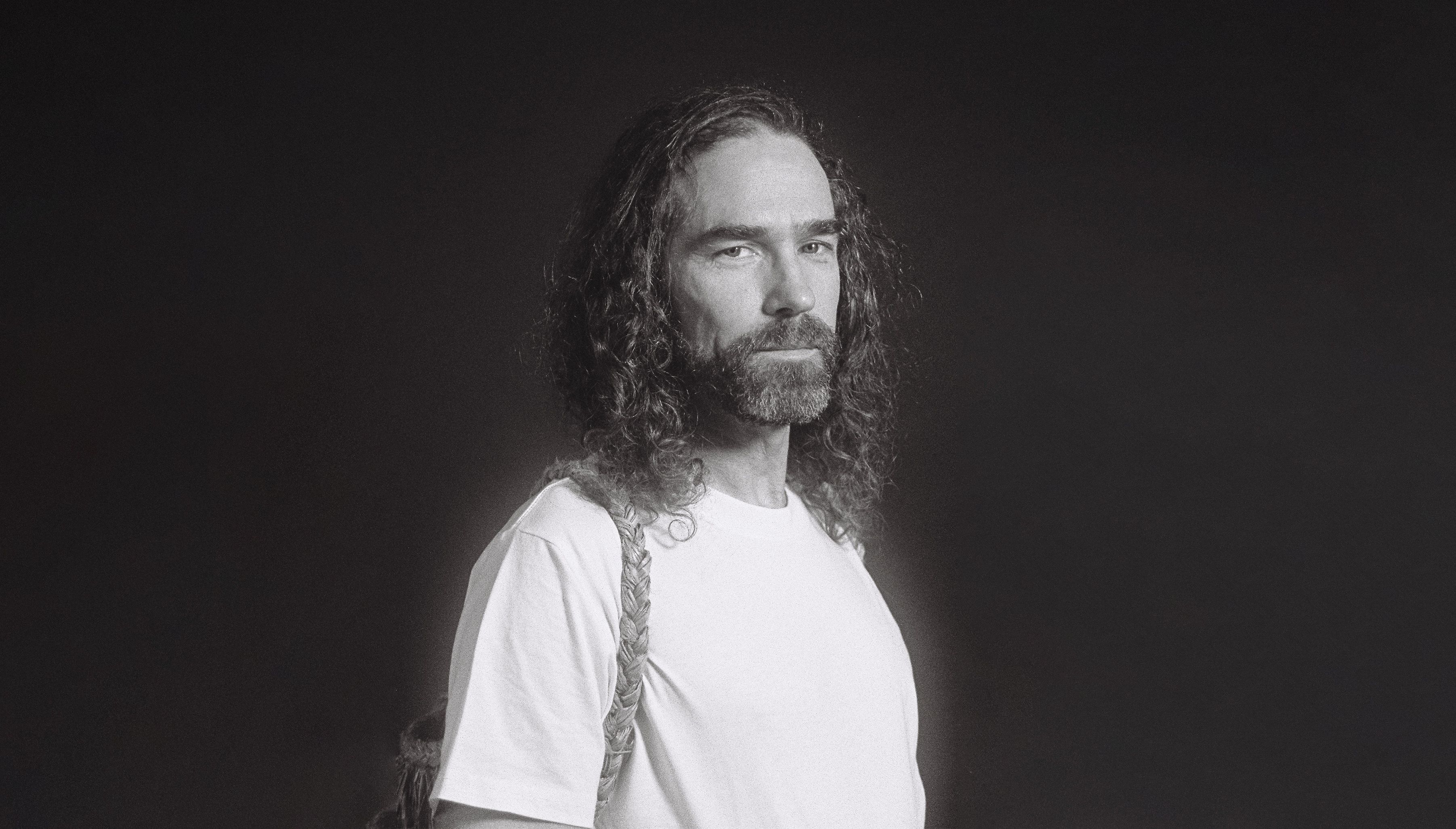
“This new direction is about looking at who I am and all I've done creatively and trying to weave them together in a way that expresses all that I am as a person and an artist more fully, more completely, and more authentically. The songwriting, the solo acoustic, the free noise, the rock & roll, the taonga pūoro, who I am as Māori, the mātauranga, māramatanga, the reo, the simple and the complicated.”
The opportunity to link with Davidson, who was in Wellington on his Toi Rauwhārangi Residency at Massey University, was just what the doctor ordered for Thorne.
“Delaney is a hard-working, fast-moving workhorse. He rocks in, and rolls out - That kind of energy is exactly what I was needing to remind me of how I used to do things when I wrote songs and played in bands."
When you throw in all the performing arts options like Te Pou Theatre's Kōanga Festival (running til 27 September), there are so many options to get invested in Te Wiki o Te Reo Māori through the arts.
And while this week is always one worth highlighting, its biggest legacy is that this week is no longer 'one and done'. It's not a token gesture anymore - te reo has become normalised through the arts, be it with music (look at the number of te ao Māori contenders there are in this year's Silver Scrolls) or on the screen through movies like Ka Whawhai Tonu - Struggle Without End going great guns in theatres. You can add the number of Māori visual artists being regularly recognised and championed around the country and the world - Shannon Te Ao's current exhibition in Korea a perfect example - and the growing faith.
Check out this The Big Idea video on young Māori creatives taking charge of their language and telling their stories in authentic ways put together at a previous Auckland Writers Festival to see that the future is in good hands.
A Star is reborn
In the media landscape, there have been many depressing trends in the last decade.
Prime among them - in the eyes of many - was the loss of community newspapers. Rising costs, lower advertising and media conglomeration saw so many swallowed up into a national umbrella, with their rare printed and online presence now dominated by more national stories, often written by those outside of the regions they represent.
But there's some good news fighting against that tide.
Tātau Tātau o Te Wairoa has announced the return of beloved The Wairoa Star newspaper - which was shut in May through owners NZME - after acquiring it through its commercial entity.
Aayden Clarke, Kaihautū (Chief Executive) of Tātau Tātau Commercial states “This is not only about preserving a 103-year-old asset, crucial to informing the community about what’s happening in the district but also a strategic business decision, but for it to survive we need strong advertising and subscriber support.
“We recognise the Star’s importance in the Wairoa community, and we felt it was important that Tātau Tātau shows leadership for its next chapter.
“This acquisition allows us to retain jobs locally and maintain a weekly media platform for our region.”
As well as a boost for local journalists, it's also good news for the arts with the region's grassroots creative and cultural drivers set for more exposure.
Clarke told The Lowdown “We understand that arts and culture are vital threads in the fabric of Wairoa. As we breathe new life into the Wairoa Star, we are committed to celebrating the creativity of our local people and our special cultural identity, ensuring that our community’s stories are told and cherished for generations to come.”
The birth of the new Star and its first print edition under the new ownership is being targeted for late October.
Pushing the boat out
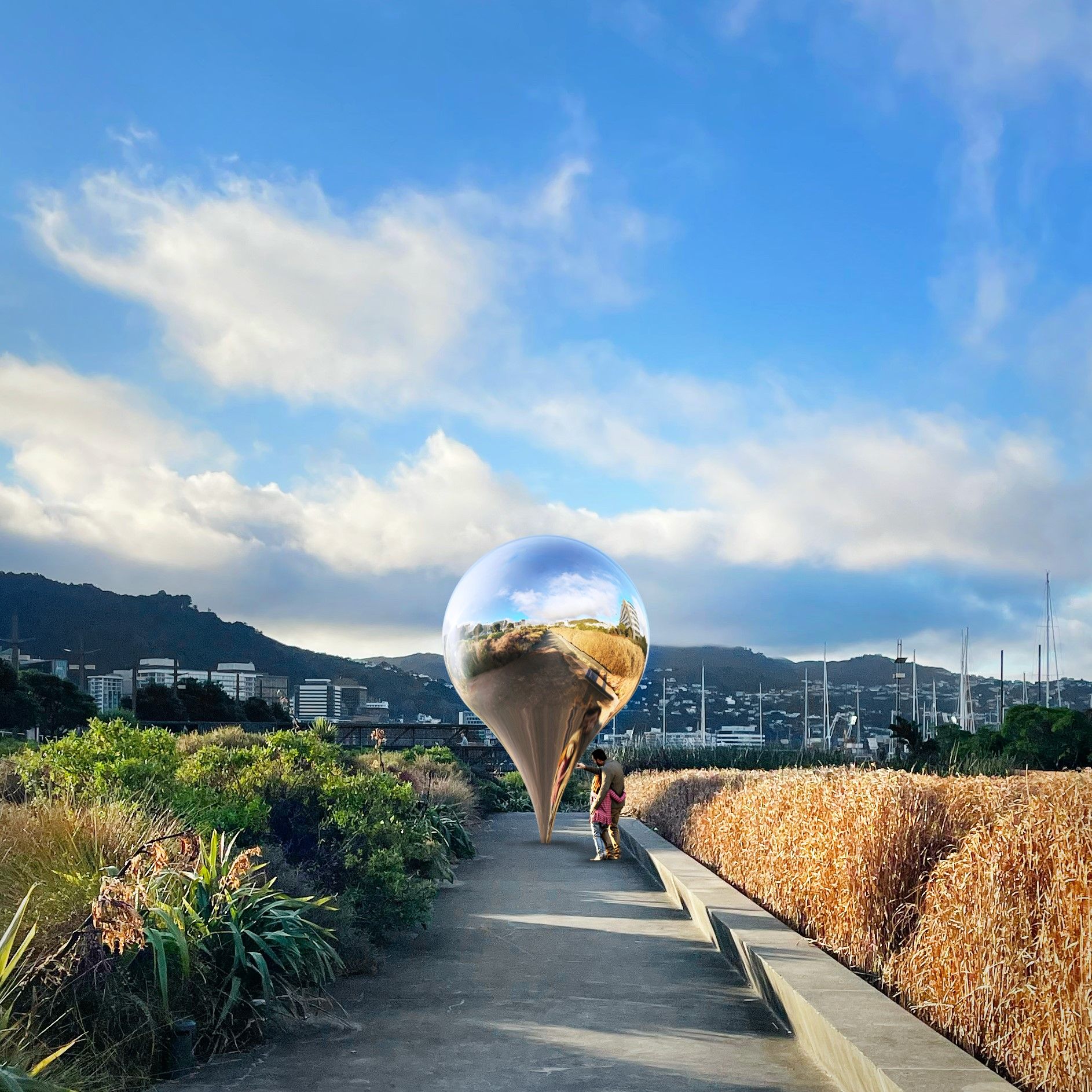
The Wellington Sculpture Trust is thinking big with the announcement of an ambitious new public artwork commission.
Korean/New Zealand artist, Seung Yul Oh's mirrored work, KIMI/ You Are Here - set to tower at 5.5 metres -will be sited in the coastal planting area within the old shipping dry-dock at Waitangi Park.
Chair of the Wellington Sculpture Trust, Jane Black, states “The work is highly engineered with a delicate point of connection to the ground, gently touching the concrete path and appearing to be virtually suspended through clever concealment of its foundations.
“Just like a ‘pin drop’, KIMI/You are Here is a dramatic statement and marker of the site. The inverted teardrop made of stainless steel will reflect the grasses and plants surrounding it and all those who take the path less trodden to stand at its base.
“With its strong visual presence across the park and from the surrounding road, it will invite viewers to seek it out , first needing to find the path that will lead to a more intimate engagement."
Its name is rooted in te ao Māori - ‘Kimi horoa, kimi Horapa (seek far and wide)' - a name gifted to the work while it was seeking permission to place the work in its intended location from both Council and mana whenua.
Seung notes “The site gives an opportunity for both the viewer and the work to engage with multiple perspectives to experience together. The context of a public park with multi purposes invites a variety of people to search, confront, surprise, reflect, remember and grow with the work.”
The Trust says it envisages the piece will become a landmark for not only the park but for Wellington itself, with Black declaring “The place-making work comes to Wellington at a time, when the city needs to inject its creative spirit, entrepreneurial nous and vibrancy back into its collective conscience.”
But there is still work to be done to get this $500,000 project across the line.
Black reveals “The commissioning of this work will see the Trust embark on its biggest fundraising effort since its inception 40 years ago. It is seeking donations to help it with the creation of the work. Through vigorous effort, it has already raised $220,000, and in the current climate the remaining $380,000 will take a bold effort and it is looking for contributions from the public.
"It is expected the work, with the funds raised, will be installed at the beginning of next year.”